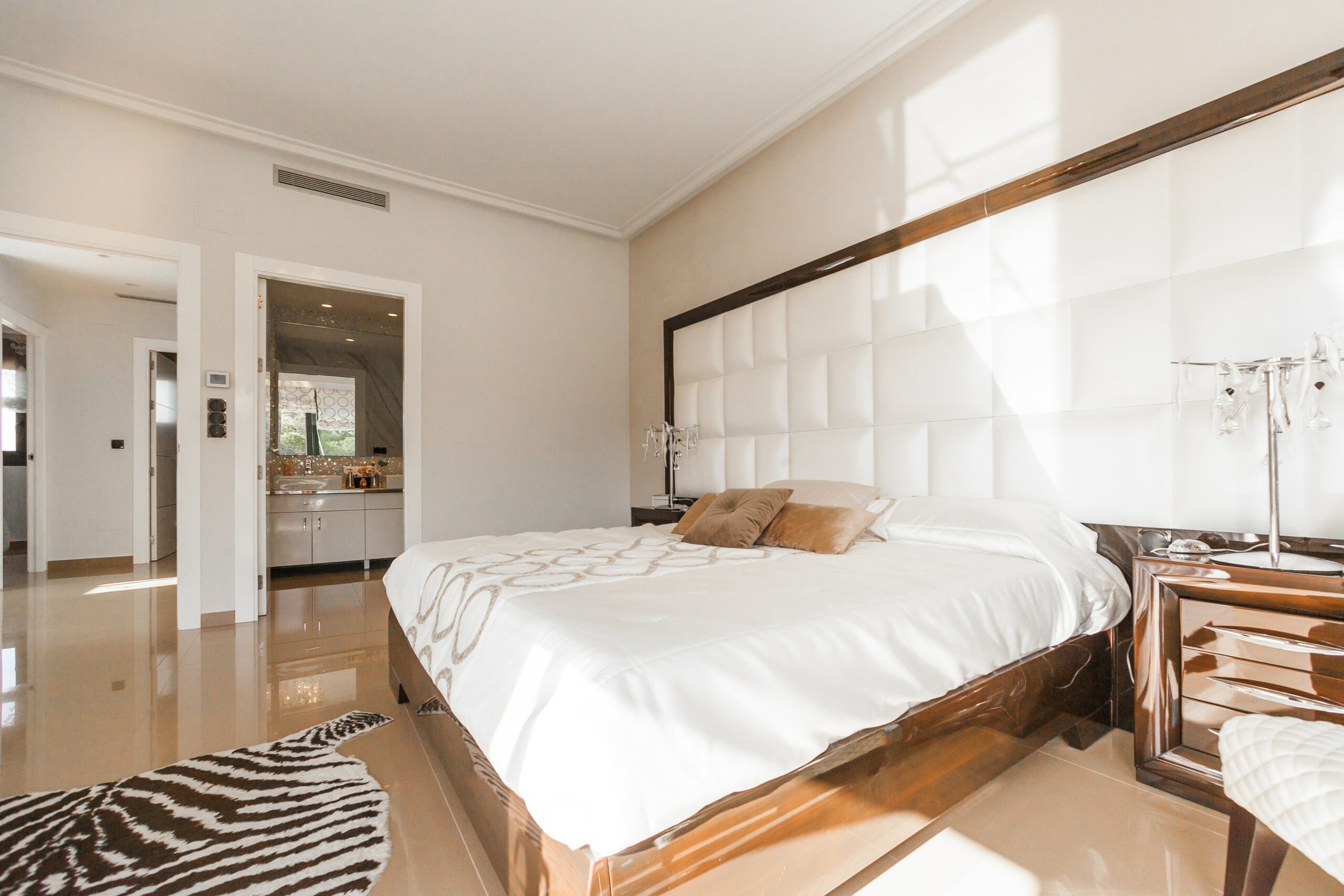Are you looking to invest in an apartment building? If so, you’re about to embark on a difficult, but incredibly fun journey.
Apartments come in many different shapes and sizes, so keeping track of what’s what can be difficult. To help you find the perfect investment property quickly, we have created a handy guide to several different types of apartments.
Studio / Efficiency / Micro Apartment
A studio apartment is a tiny living area that typically integrates the bedroom, kitchen, and living room into one unsegmented space. The floor design of a studio is often wide open, similar to that of a loft apartment. On the other hand, an alcove apartment has an L-shaped partition in a studio-sized space that divides the living room and kitchen from a section that one can use as a bedroom nook.
The size of a studio apartment varies; however, it is usually between 500 and 600 square feet. A micro-apartment, by comparison, is typically 200 to 400 square feet. An efficient apartment is comparable to a regular apartment and only differs in that it usually features a kitchenette rather than a complete kitchen. These flats are suitable for individuals who don’t have too many belongings and are more frequently found in cities where location is key.
1-2 Bedroom Apartments
A one- or two-bedroom apartment, abbreviated as “1-br/2-br,” is a single unit with a separate bedroom(s) from the kitchen and living area. The most common apartment types are one and two-bedroom apartments. A lease typically binds tenants with the landlord, property management, or building owner.
Luxury Apartment
A luxury apartment is often an ample, high-end living space in a prime urban location. High-end amenities such as gyms, laundry facilities, lounges, parking garages, swimming pools, a doorman, and so on are prevalent in this type of accommodation.
If you want to start living in the city, you should know that luxury apartments can be costly, but they come with top-of-the-line equipment, a variety of floor plans, high ceilings, design, and convenience.
Co-op Homes
Purchasing a co-op (cooperative) involves purchasing stock in an organization that owns your space rather than your home. The more space you have in your home, the more shares you’ll have. You are liable for building maintenance fees in co-ops, including property taxes, management fees, electricity, gas, and other expenses. Costs vary depending on the size of the apartment unit and can change over time.
Condo vs. Duplex
The primary difference between condos and duplex apartment complexes is who owns them. A Homeowners’ Association is generally in charge of a condo, and each unit has its owner. A condo can be purchased or rented, and you’ll only be the landlord of the units you own.
A duplex apartment is a type of structure with one owner and two attached living units rented out to tenants. Unlike independent, detached houses, each apartment unit may share amenities such as a ground-floor patio, a swimming pool, or parking garage spots.
No-fee apartment
When an apartment comes as a no-fee apartment, it signifies that the landlord or property owner pays the brokerage costs. There are no costs if tenants select an apartment complex without using a broker and make arrangements directly with the landlord. This is advantageous for many tenants because broker fees can increase the cost of moving into a new apartment by as much as one month’s rent in additional expenses.
Rent-stabilized Units
Rent stabilized apartments are affordable housing that you can find in apartment buildings with more than six units established before 1974. If you live in a rent-stabilized apartment, your landlord is limited in how much he can raise your rent, and you are guaranteed the chance to renew your lease with options.
Railroad-style apartment
A railroad apartment in New York is essentially one without hallways, with each bedroom opening into the next. The floor plan mimics a series of railroad cars, hence the name.
Garden Apartment
Consider narrowing your search for a garden apartment if you enjoy gardening or would like to have a little outdoor space with plenty of vegetation. Garden flats, usually found on the ground floor or in the basement, have their private outdoor area.
Flex room
The term “flex apartment” refers to a situation in which space is divided by a temporary partition or walls, resulting in ample space, a separate room, and a roommate(s). This type is a common approach for converting a one-bedroom flat into a makeshift two-bedroom apartment.
Conclusion
There you have the things you need to know to find the most suitable apartment type for you. If you have further questions, feel free to leave us a message via the contact form.
Do you want to know how to sell an apartment? Building Apartment Buildings has the answer! Please work with us to sell your apartment building and benefit from the current market cap rates we offer!

